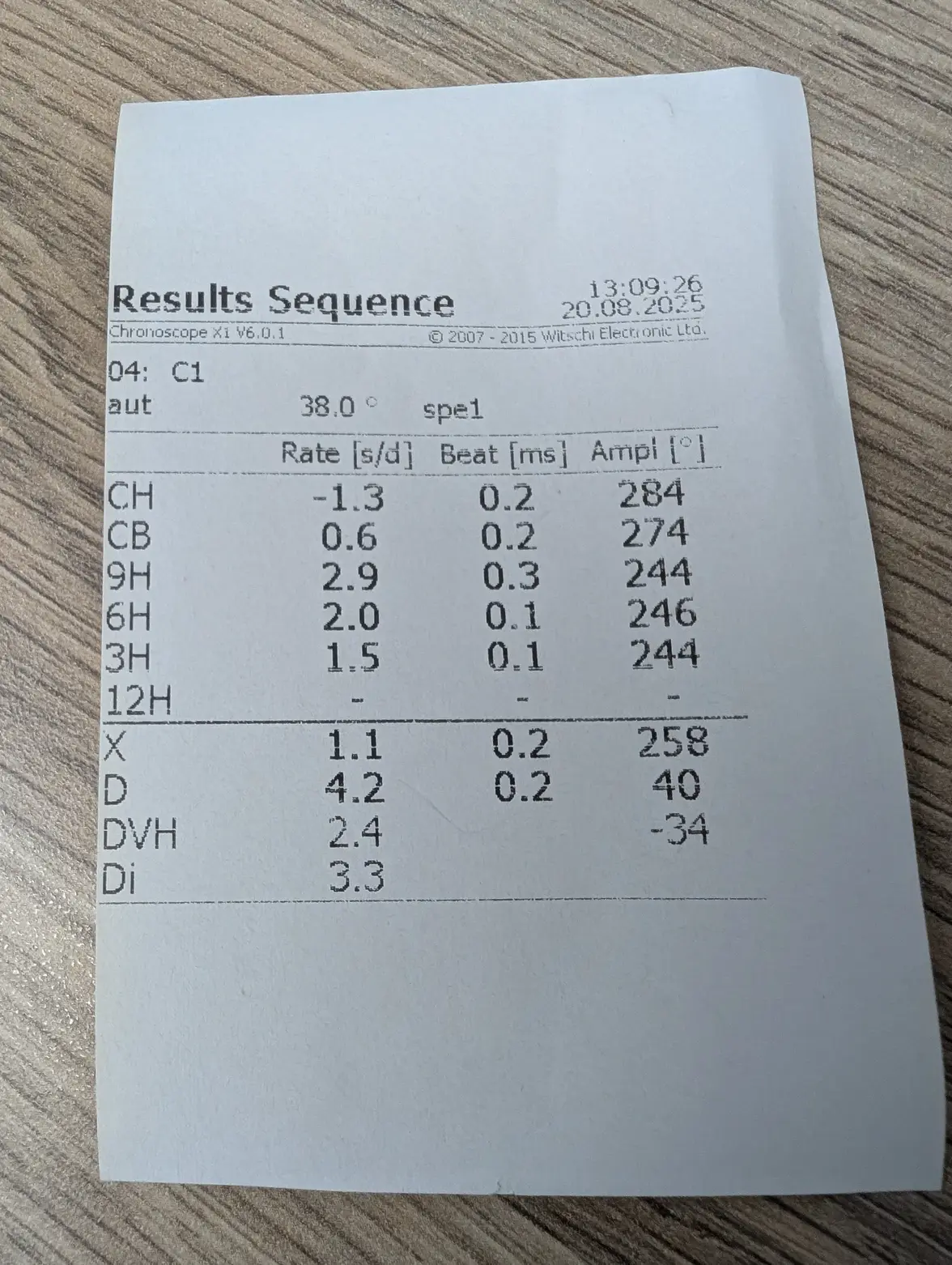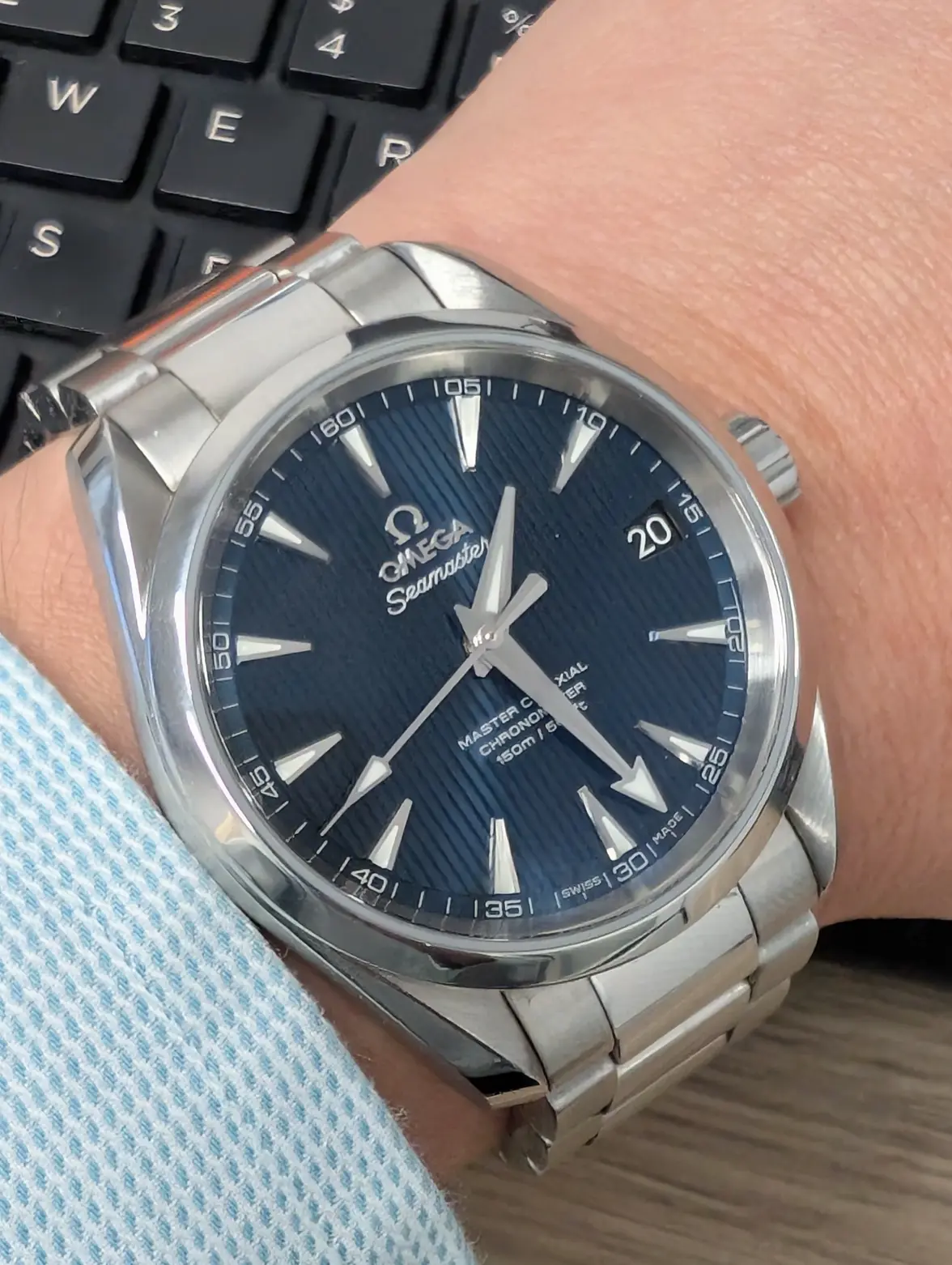DoctorEvil
·Greetings all. Hoping that someone knowledgeable in this area can shed some light on this issue.
I have a Seamaster Aqua Terra with the Caliber 8500 movement that currently keeps excellent time when I wear it during the day and rest it dial up for about 8 hours overnight, gaining only about 0.5-1.0 seconds a day. However, when I put it on a watch winder it loses about 6.0 seconds a day. In the watch winder, the watch dial sits at roughly a 45 degree angle. I decided to do a little experiment and see how much time it was gaining or losing over 24 hours in different positions at full wind. These were the numbers I got:
Dial up: +2 seconds per day
Dial down: 0 seconds per day
12 o'clock up: -1 seconds per day
12 o'clock down: -8 seconds per day
Crown down: -10 seconds per day
Crown up: -10 seconds per day
Naturally I was surprised to see how big some of these numbers were. Is someone able to tell me if this would be within spec for this movement and for a COSC certified chronometer? The watch was last serviced by Omega a bit over two years ago. Thanks in advance for your insights.
I have a Seamaster Aqua Terra with the Caliber 8500 movement that currently keeps excellent time when I wear it during the day and rest it dial up for about 8 hours overnight, gaining only about 0.5-1.0 seconds a day. However, when I put it on a watch winder it loses about 6.0 seconds a day. In the watch winder, the watch dial sits at roughly a 45 degree angle. I decided to do a little experiment and see how much time it was gaining or losing over 24 hours in different positions at full wind. These were the numbers I got:
Dial up: +2 seconds per day
Dial down: 0 seconds per day
12 o'clock up: -1 seconds per day
12 o'clock down: -8 seconds per day
Crown down: -10 seconds per day
Crown up: -10 seconds per day
Naturally I was surprised to see how big some of these numbers were. Is someone able to tell me if this would be within spec for this movement and for a COSC certified chronometer? The watch was last serviced by Omega a bit over two years ago. Thanks in advance for your insights.

